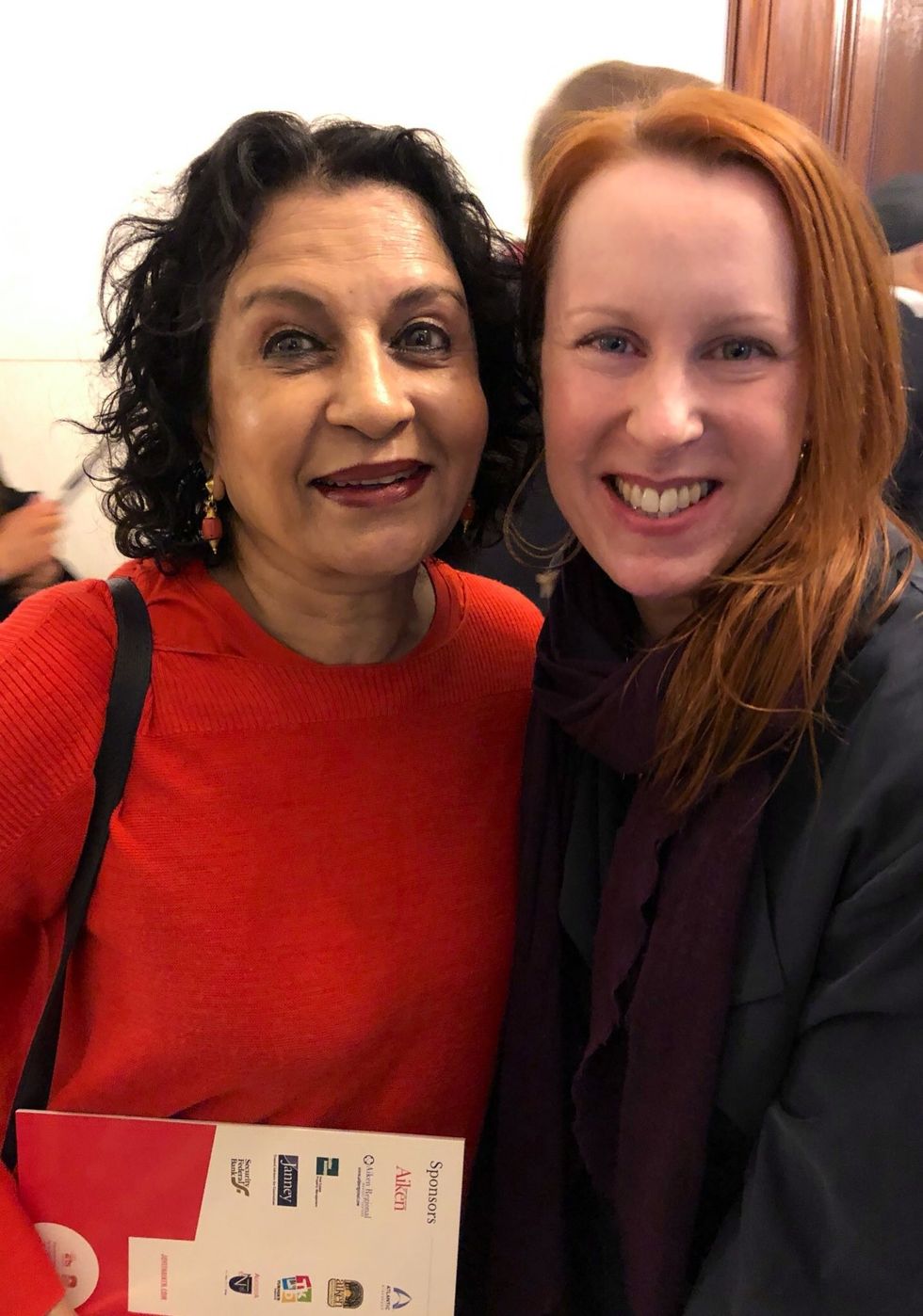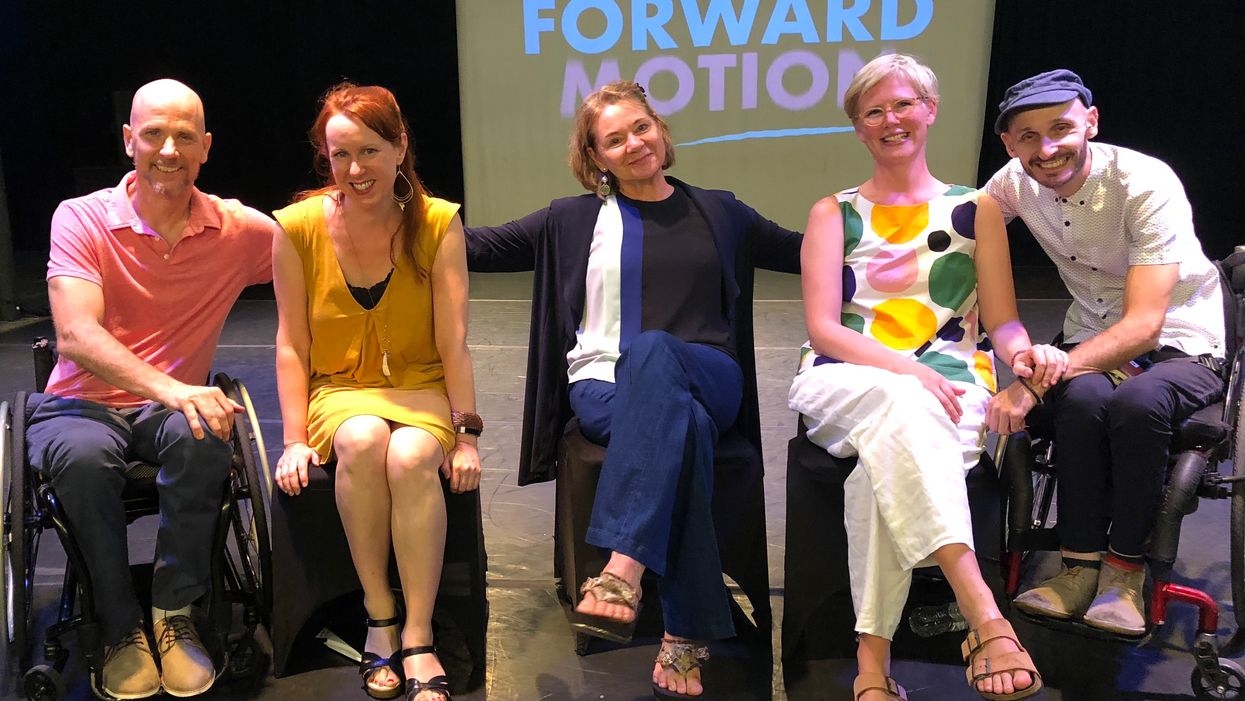NEA Director of Dance Sara Nash Wants to Give You Money
As director of dance at the National Endowment for the Arts, Sara Nash needs to be plugged into as many parts of the dance world as possible. Through running the dance grantmaking program, she’s constantly connecting with artists all over the U.S. and discovering the work they need support for.
She started her career at the British Council’s theater and dance department, then worked in Prague at the contemporary dance festival Tanec Praha. Now, at the NEA, she’s in a position to help a wide variety of projects and programs get the funding they need.
Nash recently spoke to Dance Magazine about the ins and outs of her job, and what most people don’t realize about the NEA.
What the job entails:
“At a typical day at our offices in DC, a lot of that is spent connecting with applicants and grantees—maybe there’s a phone call with an applicant who has questions about something they’re applying for, or there are questions about the direction a project is taking.
“I try to see as much dance that comes through DC as I can, and then I’m traveling to see performances, talk with artists and organizations, and learn about the parts of the field that I don’t have as much of a background in personally.”
 Sara Nash with Ranee Ramaswamy
Sara Nash with Ranee Ramaswamy
Courtesy Nash
How the NEA’s grantmaking process actually works:
“We have two major deadlines for the main grantmaking program here, which is called Art Works: a July deadline and a February deadline. I read every single application. We get anywhere from 135 to 150 per deadline, but we’d love more.
“I don’t think people realize how many different types of dance projects are eligible. You could apply for a documentation and archival project, or a dance publication, or to restage a historically significant work.
“We do a peer-review panel process. We try to put together diverse panels of individuals with different perspectives. Those panels provide their recommendations, and then it has to be approved by our National Council on the Arts.”
The biggest misconceptions, challenges and payoffs:
“We’re a small team—there’s three of us, including myself—but I try to demystify the idea that we’re not reachable. You can call us and ask your questions if you’re thinking about applying, or get feedback about a grant application you submitted.
“Trying to serve a multifaceted field that is wrestling with a lot of very big needs is certainly challenging. So is wanting to reach organizations that haven’t applied before or don’t know that they can.
“When I was 18, I don’t think I had enough of an idea of what kind of dance jobs were out there, and that this was actually a job I could potentially do. I had a much smaller view of the dance field and my place in it.
“It’s incredibly inspiring how much dance activity is taking place in so many different parts of the country. It’s amazing to see how people are working so creatively in their communities.”




